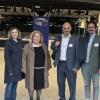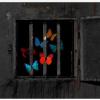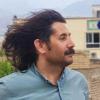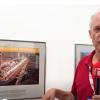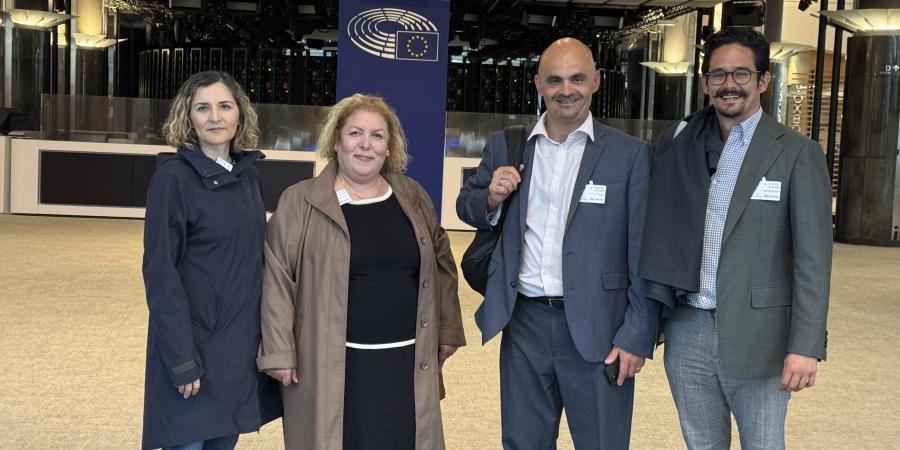
نمایندگان محترم پارلمان ، امروز در مقابل شما ایستادهام تا داستان مهسا (ژینا )امینی، زن جوانی که مرگ غمانگیزش شعار قدرتمند «زن، زندگی، آزادی» را شعلهور کرد، به اشتراک بگذارم. داستان مهسا بازتابی از مبارزه مداوم برای عدالت، برابری و آزادی در ایران است.
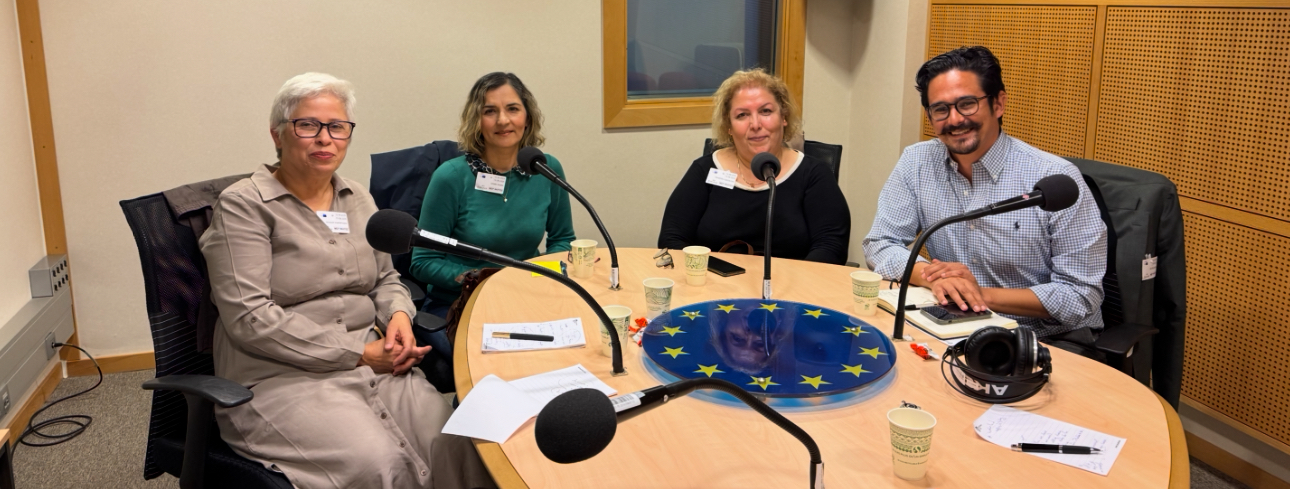
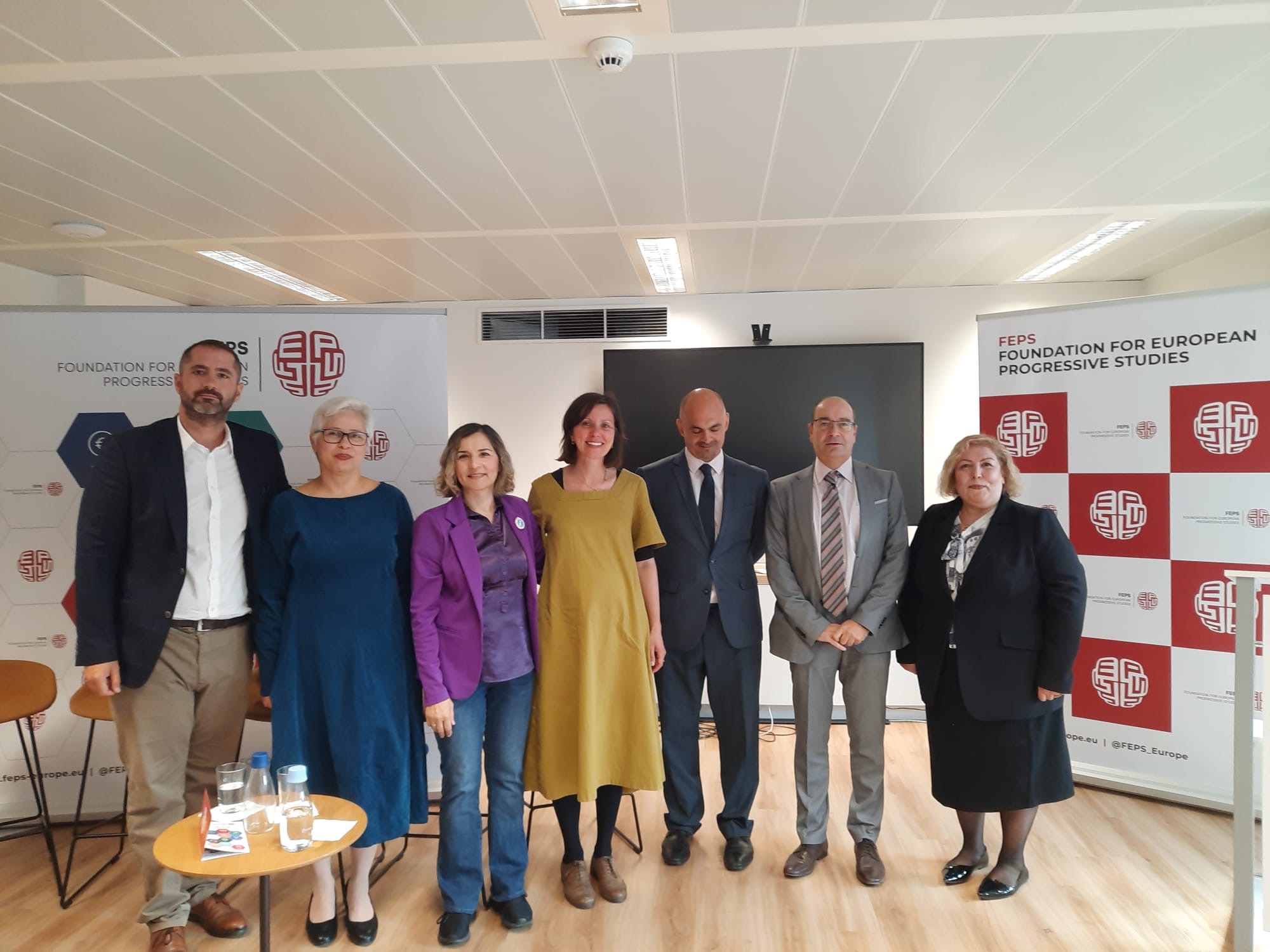
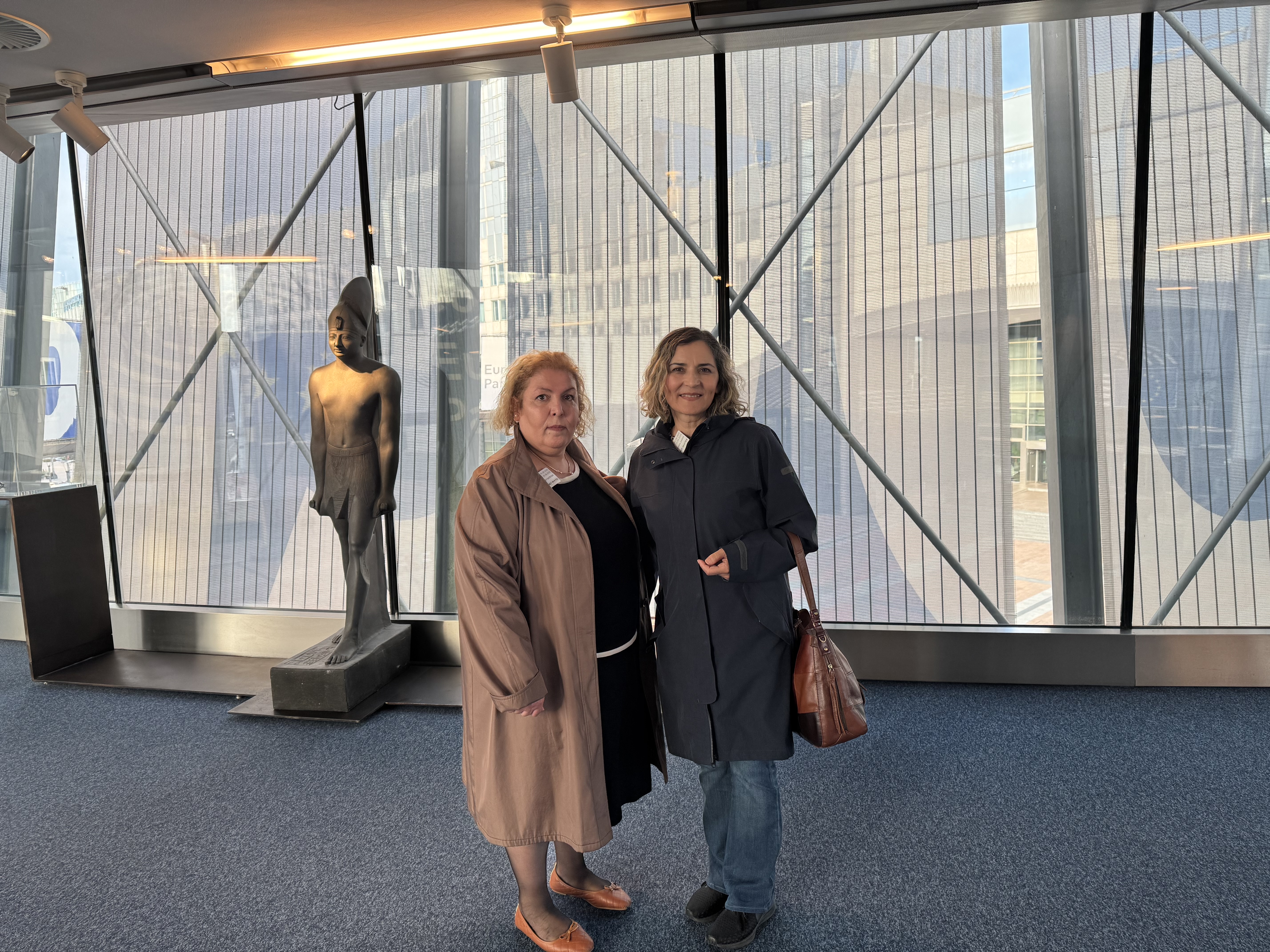
چرا در سیمای او و قتل دولتی او این حادثه تاریخی در ایران راه افتاد ؟در حالی که این رژیم این همه انسان را از زن و مرد در در این یک نیم قرن کم نکشته بود.
اولاً، مهسا امینی نمادی ازسرکوب و متعاقب آن جنبش زنان در ایران بود و بیش از نیمی از جمعیت را نمایندگی میکرد. زنان در خط مقدم اعتراضات بودند و حقوق خود را مطالبه میکردند و رژیم سرکوبگر را به چالش میکشیدند.
ثانیاً، اواهل منطقهای حاشیهای بود که مبارزات گروههای اتنیکی مختلف در ایران را برجسته میکند. این گروهها، از جمله ترکها، بلوچها ,کردها و عربها، لرها , گیلاک ها,...مدتهاست که با تبعیض و ستم روبرو هستند. قتل او به نقطه عطفی برای این جوامع به حاشیه رانده شده تبدیل شد.
ثالثاً، جوانان، به ویژه نسل Z، نقش مهمی ایفا کردند. این نسل که با دسترسی به اینترنت بزرگ شده و با آرزوی آزادی و دست یابی به یک زندگی شایسته انسان ، به خیابانها آمدند تا خواستار تغییر شوند. شجاعت و عزم آنها الهامبخش بود و به جهانیان جبههای متحد در برابر ظلم را نشان داد.
هر چند احتمالا مهسا یک مذهبی رادیکال نبود یا اصلا مذهبی نبود ، اما ریشههای اودرمناطق عمدتاً سنی نشین بود که در این هویت خود هم با تبعیض روبرو بودند. همگرایی تبعیض جنسیتی، ملی و مذهبی به این جنبش دامن زد واو را به نمادی از وحدت و مقاومت تبدیل کرد. این جنبش بدون رهبر، که توسط اقلیتهای سرکوب شده در لایه های گوناگون حمایت میشد، تلاش مردم ایران برای آزادی و عدالت را نشان داد. داستان مهسا گواهی بر مبارزه پایدار برای حقوق بشر در ایران است.
همانطور که گفته شد , ایران کشوری مولتی اتنیک است. تنوع گروههای انسانی در این کشور به شدت سرکوب شده است و از کودتای پادشاهان پهلوی به این طرف تنها یک زبان و یک ملت که ان هم زیر نام " ایرانیت" برجسته شده است , یعنی هویت فارسکه در زبان فارسی, تاریخ و فرهنگ و ادبیات و ...خلاصه میشود , امکان حضور در تمام بخش های و نقاط جامعه به عنوان تنها هویت پذیرفته و بقیه سرکوب و به حاشیه رانده شده اند . این جمعیت ها کم هم نیستند و در هر گروه اتنیکی از میلیونها انسان نام میبریم.
از این رو این حرکات و جنبش نشان داد که نه گروهی انسانی به تنهایی میتواند این رژیم را ساقط کند و نه یک طبقه ستم دیده و قشری محروم قادر به این خواهد بود.
بلکه اتحادی متشکل از تمام قشرهای ستمدیده , چه از نظر سرکوب در هویت شهروندی و فردی یعنی آزادی بیان - قلم که شامل تک تک شهروندان ایران هاست و فارس و غیره فارس ندارد, و چه گروه های انسانی سرکوب شده در هویت ملی که میتوانیم به انها اتنیک های غیر فارس هم بگویم و چه جنبش های دیگر اجتمایی چون دانشجویی, زنان , کارگران , هنرمندان , معلمان , بازنشستگان و غیره که به نویی در مطالبات خود اکتیو و در صحنه هستند , همه باید متحدا کنار هم آمده و چون مشتی محکم عمل کنند .
در این میان وارثان حکومت پهلوی هم که در زمان خود از کشور رانده شده اند , در خارج همچنان در کمین هستند و هر وقت که گروه های مختلف سرکوب شده مردم به صحنه میایند . در واقع آنها برای باز پس گرفتن قدرت از دست داده شان خیز برمیدارند وحتا ادعا ی رهبری جنبش های علیه رژیم را میکند . آنها با امکانات مالی که هنگام فرار از کشور با خود برده اند به تبلیغ خود به نام آلترناتیو میپردازند.
این گروه خاک به چشم به جهانیان میپاشد که نمیتوانند آلترناتیو واقعی را که کشور را به سویی جانشینی دلخواه و با ثبا ت میتواند ببرد , ببینند. این همان آلترناتیو مرکب از نمایندگان تمام اتنیخای سرکوب شده در یک سیستم غیره متمرکز و فدرال در ایران میباشد.
ما از هر فرصتی استفاده میکنیم که واقعیات موجود در بستر جامعه ایران را به جهانیان بشناسانیم .
از آنجا که من پزشک هستم مایلم که با احترام به تمام جان باختگان راه آزادی و عدالت اجتمایی در کشور از پزشکانی با ذکر اتنیسیته آنها نام ببرم که یا در این جنبش جان باختند یا حبس شده و در خطر اعدام هستند. از شش پزشک جان باخته سه تن به نامهای آیدا رستمی, پریسا بهمنی و آیلار حقی زن , و از نظر هویت اتنیکی ترک بودند. دیگران ابراهیم ریگی بلوچ و مسعود احمدزاده و آزاد حسین پوری کرد بودند. خانواده و زوج پزشک قره حسنلو , حمید قره حسنلو و فرزانه قره حسنلو که در زندان رژیم و تحت خطر اعدام هستند نیز تورک بوده و حین یاری و کمک به مصدومین در خیزش دستگیر شده اند. آنهاهیچ گناهی جزادای وظیفه حرفه ی و انسانی خود نداشته اند.
صدای آنان و تمام زندانیانی باشیم که هم اکنون در زندانها تحت تهدید اعدام یا شکنجه های غیره انسانی هستند , باشیم.
از توجه شما متشکرم.
متن انگلیسی :
Distinguished Members of Parliament,
I stand before you today to share the story of Mahsa (Gina) Amini, a young woman whose tragic death ignited the powerful slogan of “Women, Life, Freedom.” Mahsa’s story is a reflection of the ongoing struggle for justice, equality, and freedom in Iran.
Why was this historic event in Iran triggered by her appearance and her state assassination? This regime had killed so many men and women over the past half-century.
First, Mahsa Amini was a symbol of oppression and the subsequent women’s movement in Iran, representing more than half of the population. Women were at the forefront of protests, demanding their rights and challenging the oppressive regime.
Second, she came from a marginalized region that highlights the struggles of different ethnic groups in Iran. These groups, including Turks, Baluchis, Kurds, Arabs, Lors, Gilaks, etc., have long faced discrimination and oppression. Her murder became a turning point for these marginalized communities.
Third, the youth, especially Generation Z, played a significant role. This generation, raised with access to the internet and yearning for freedom and a decent life, took to the streets to demand change. Their courage and determination were inspiring and showed the world a united front against oppression.
Although Mahsa may not have been a radical religious figure or at all, her roots were in predominantly Sunni areas that faced discrimination in this very identity. The convergence of gender, national, and religious discrimination fueled this movement, making her a symbol of unity and resistance. This leaderless movement, supported by oppressed minorities at various levels, demonstrated the Iranian people’s struggle for freedom and justice. Mahsa's story is a testament to the enduring struggle for human rights in Iran.
As mentioned, Iran is a multi-ethnic country. The diversity of human groups in this country has been severely suppressed, and since the coup of the Pahlavi kings, only one language and one nation have been highlighted under the name of "Iranianity", that is, the Persian identity, which is summarized in the Persian language, history, culture, literature, etc., and has the possibility of being present in all parts and areas of society as the only accepted identity, while the rest have been suppressed and marginalized. These populations are not few, and we can name millions of people in each ethnic group.
Therefore, this movement showed that neither a human group alone can overthrow this regime, nor will an oppressed class and a deprived stratum be able to do so.
Rather, it is an alliance consisting of all oppressed groups, whether in terms of suppression in civic and individual identity, i.e. freedom of speech and writing, which includes every single citizen of Iran, and Fars and others do not have Fars, or human groups suppressed in national identity, which we can also call non-Persian ethnicities, or other social movements such as students, women, workers, artists, teachers, retirees, etc., who are active and on the scene in their new demands, all must come together and act as a strong fist.
Meanwhile, the heirs of the Pahlavi regime, who were expelled from the country during their time, are still lurking abroad, and whenever various groups are suppressed, people come to the scene. In fact, they rise up to regain their lost power and even claim to lead movements against the regime. They use the financial resources they took with them when they fled the country to promote themselves in the name of the Alternative.
This group throws dirt in the eyes of the world, who cannot see the real alternative that can lead the country to a desirable and stable successor. This alternative is composed of representatives of all oppressed ethnicities in a decentralized and federal system in Iran.
We use every opportunity to make the world aware of the realities of Iranian society.
Since I am a doctor, I would like to name, with respect to all those who died in the cause of freedom and social justice in the country, the doctors who either died in this movement or were imprisoned and are at risk of execution, and their ethnicity. Of the six doctors who died, three were women, Aida Rostami, Parisa Bahmani, and Aylar Haqi, and were ethnically Turkish. The others were Ebrahim Rigi Baluch, Masoud Ahmadzadeh, and Azad Hossein Pouri, Kurds. The family and spouse of the doctor Qara Hasanlu, Hamid Qara Hasanlu and Farzaneh Qara Hasanlu, who are in prison under the regime and under threat of execution, are also Turks and were arrested while helping and assisting the injured in the uprising. They have not committed any crime beyond their professional and human duty.
Let us be their voice and that of all prisoners who are currently in prison under threat of execution or inhuman torture.
Thank you for your attention
